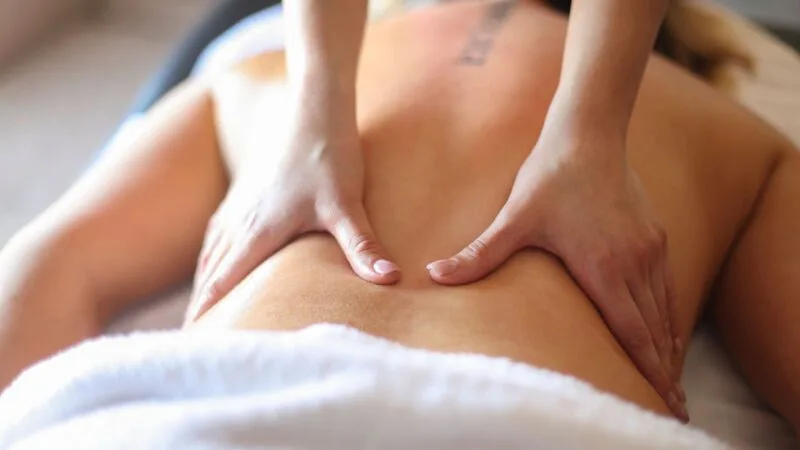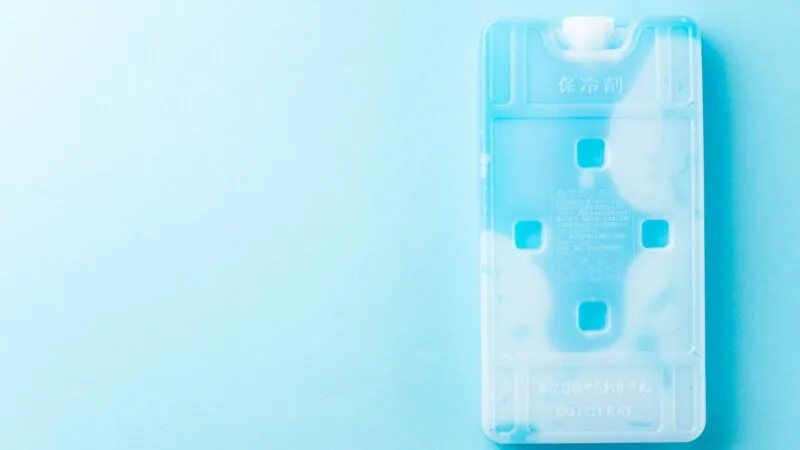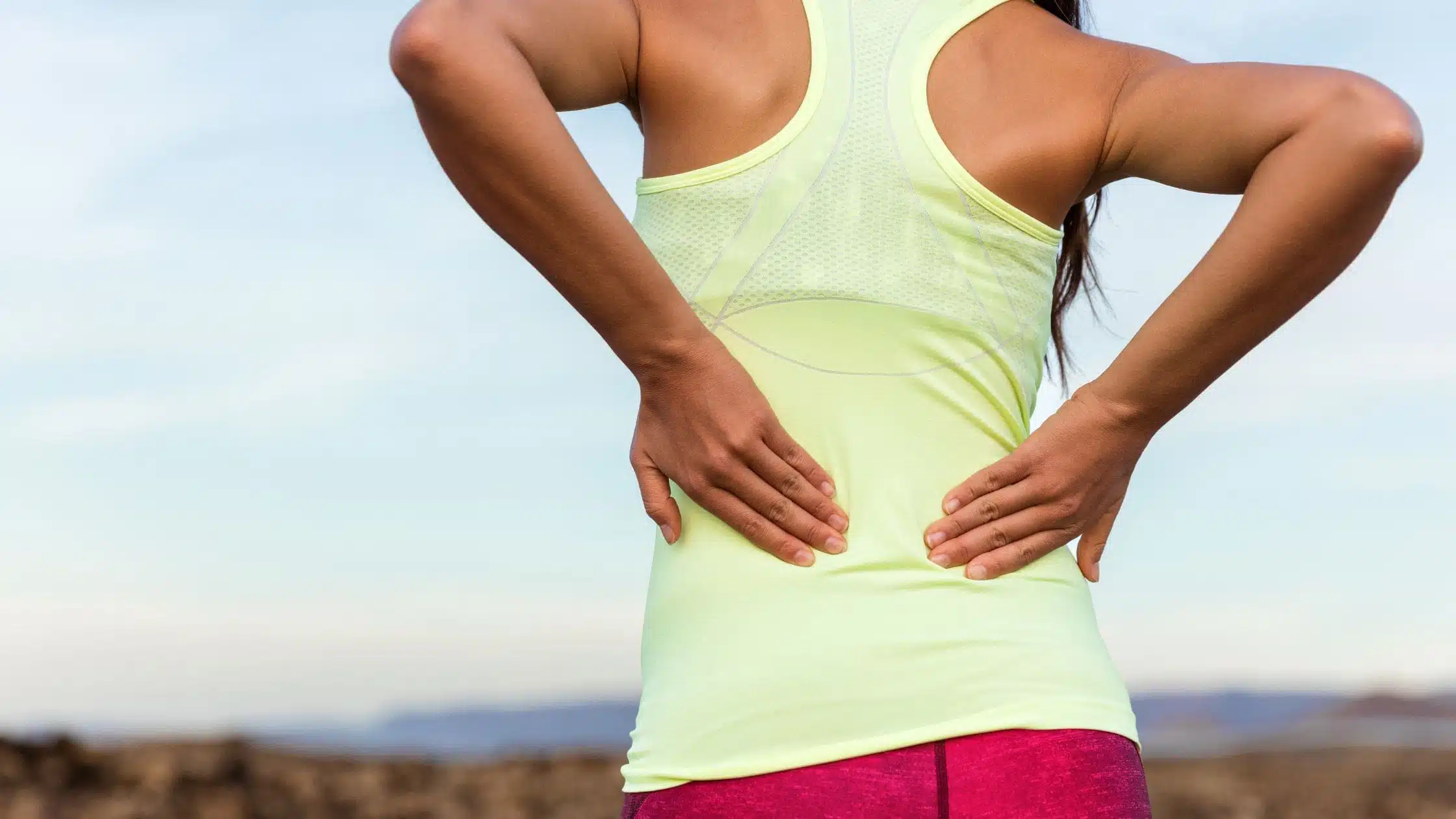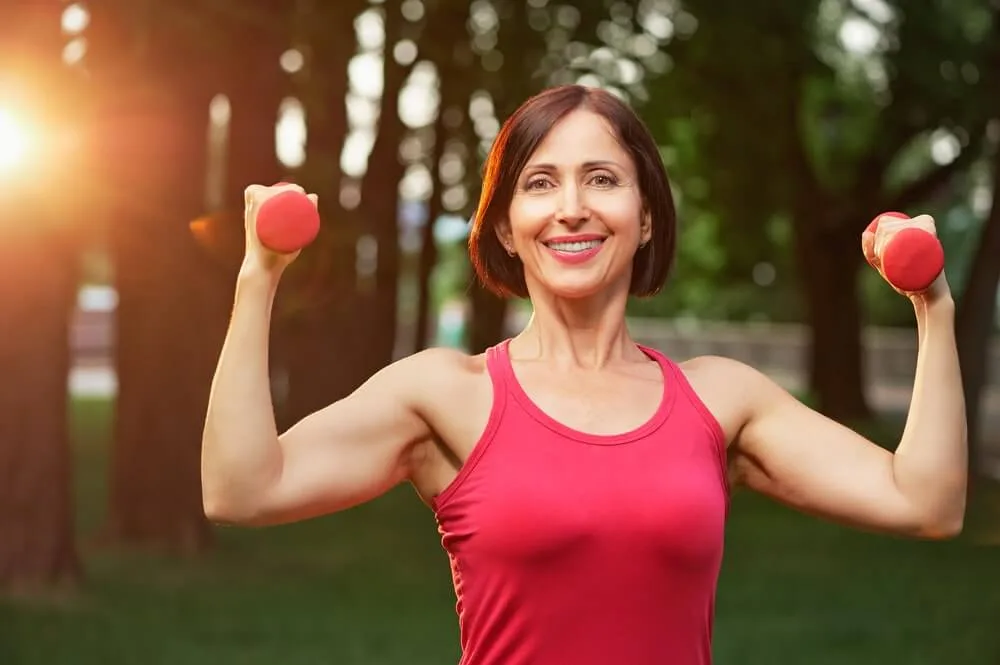Key Contributor: Susie Martin, Chartered Physiotherapist
Why am I so sore after Pilates?
Are you new to Pilates? Or have you been doing it for years? Do you sometimes experience soreness after Pilates and wonder what this means?
Most soreness after exercise is down to the fact the exercise is new, or that there has been a rapid increase in the amount of challenge. There tends to be more soreness with an increase in exercise intensity, however, some people may have a lower tolerance to exercise challenge and experience discomfort with less challenge. Most soreness will get better quite quickly, but occasionally there may be an injury lurking, so it’s important to ask yourself what type of soreness you are feeling.
Read for a more in-depth discussion of the factors that can contribute to soreness after Pilates.
Key Takeaways
- There are a few reasons you might be feeling sore after a Pilates workout – If you are new to any type of exercise or are exercising after a long break, it is quite common to feel sore, this will usually settle 2 – 4 days and lessens the more you do the exercise.
- Pilates is generally a low intensity exercise and less likely to cause post exercise soreness than other exercise types – however, Pilates can be intensified by adding weights or resistance equipment. This additional resistance work might contribute to an increased likelihood of post exercise soreness.
- You may feel sore after Pilates if you have not had adequate rest after other exercise and your body has not had time to recover.
- Less commonly, you might have an underlying health condition which may lower your tolerance to exercise or increase your sensitivity to pain. If you have been diagnosed with such a condition, it may take less exercise than you think to provoke pain or soreness. Alternatively, you may have injured yourself during Pilates or exacerbated an injury during Pilates.
- You can relieve soreness after Pilates with rest, gentle movement, using ice packs or having a massage designed to aid recovery. You can prevent Pilates soreness by making sure that you pace yourself – if you are new or returning to exercise, build up your activity levels gradually.
Reasons you might be sore after Pilates
Why am I so sore after Pilates: You have never done it before
If you have never done Pilates before, you might find that you are using muscles you don’t normally use, in a way you don’t normally use them. Pilates is a form of low impact, low to moderate load strength training. So whilst many people may think of Pilates as being about flexibility, it is a well-rounded exercise system which includes lots of strength exercises.
Quite often you may find that you get some muscle soreness after taking on any new exercise regime. This is usually due Delayed Onset Muscle Soreness (DOMS), which is caused by small microtears and inflammation in the muscles after they have been challenged. This might sound dramatic, but it is part of the normal physiological process that helps muscles to get stronger.
The DOMS effect is particularly related to what is called the ‘eccentric’ phase of an exercise – where the muscle is lengthening under tension, as opposed to contracting. If you think of a bicep curl – the lift is the part where the muscle shortens, and the lower is the part where the muscle lengthens.
There is quite a lot of eccentric muscle work in Pilates, so this may contribute to the pain and stiffness caused by DOMS.
Why am I so sore after Pilates: It is a long time since you have exercised
Similarly, if you have had a long break from exercise, you may experience similar pain and stiffness as if you have never exercised before. If you have got out of the routine of exercise due to illness or injury, it may be that you have lost some of your previous muscle strength.
In this case, what used to feel easy for you, may now be harder and it may take less load to challenge you than it used to. Fortunately, we can always build strength back up, with consistent effort and a good training plan.
Why am I so sore after Pilates: You have been doing Pilates with weights
Some Pilates exercises use body weight, and are quite challenging, whilst others involve moving just the weight of arms and legs – which may be too easy for some. You may have been doing Pilates with additional weights or you may have been in a class which blends Pilates exercises with more gym style exercises using weights.
Increasing the load or resistance with your exercises may take you into a threshold where you are working hard enough to cause those microtears we discussed earlier, so you may again experience DOMS.
Aside from DOMS, sometimes we can experience some muscle strain from using weights that are a bit too heavy. In order to compensate for additional load we can tense a lot of the adjacent muscles to try and get more power. For example, it can be common to feel neck strain when lifting heavier loads with the arms or doing abs exercises. The solution is to go lighter on the load, so that you move with more ease and less strain.
Why am I so sore after Pilates: You have been doing Pilates with heavy resistance on a machine
Whilst you may not have been using free weights for your Pilates sessions, you may have been doing Pilates on a piece of equipment which uses resistance, such as the Pilates reformer
The Pilates equipment uses springs for resistance which can add up to quite a hefty load. Add to that, you may have been doing lots of exercises involving an eccentric component, and you may experience post-exercise muscle soreness.
Why am I so sore after Pilates: You have not had enough rest in between sessions
Whilst Pilates can feel gentle, due to the low impact and lower intensity nature of the exercise, you may actually be working quite hard during the sessions. You may, therefore, underestimate the how much recovery your body needs.
If you are doing other exercise during the week, you need to factor this in when choosing how much rest and recovery you do. If your body is fatigued from other exercise, particularly strength training, you might need to select a Pilates class which focuses more on mobility and less on strength, to give you appropriate recovery time.
If you are doing a lot of exercise, you also need to make sure that you have adequate sleep, as this is when the body repairs itself after intense effort.
Soreness after Pilates if you are doing a lot of exercise may indicate that you need more rest or reduce the intensity of some of your workouts.
Why am I so sore after Pilates: You have an underlying pain condition
Some people who already have pre-existing health conditions, particularly things like persistent pain or hypermobility ,may find that they can tolerate less of what might be considered quite gentle exercise. In the case of persistent pain problems, the part of your nervous system which produces pain signals may be overactive.
This occurs as a protective mechanism, but the protective mechanism can be a bit faulty, leading to reduced tolerance to exercise and movement. You may need to work with a health professional to help guide the right activity levels that you can manage with your pain.
In the case of hypermobility, some people may find that they lose strength faster than a person without hypermobility, so if you have not been exercising and then you start it may take comparatively less load to challenge you than you might think. Again, working with a health professional who is experienced in your condition can help to guide you as to the right activity levels for you.
Why am I so sore after Pilates? You have injured yourself.
Due to the low impact, low intensity nature of Pilates, it is quite difficult to injure yourself if you are doing it correctly. Pain due to injury normally feels quite different to post exercise muscle soreness. Most people are able to distinguish this, however, it can be more difficult if you are not accustomed to exercise.
There are a few circumstances in which an injury might occur. If you have been doing Pilates with no supervision or instruction, you may be moving in ways that your body doesn’t like, or working at a level that is too challenging, leading to muscle strain.
Alternatively, you may have been using equipment in an inappropriate way, or equipment that has been set up in either an unsafe way, or a way that is too challenging for you.
Finally, you may have been attending a group class that is fast paced and using high loads. This is typically what you might find in a group reformer class – which is often more of a fitness class using a reformer, rather than a Pilates class.
More traditional Pilates is rather slower, emphasising body awareness and mind-body connection and this is less likely to result in an injury.
How to relieve Pilates soreness?
If you have an injury, it is a good idea to get it checked by a health professional to advice on appropriate treatment. If you are confident that you have simple soreness as a result of exercise, then the following can help:
Time and patience – if your muscle soreness is tolerable, likely it will go away on its own, without much need for intervention. However, if you don’t want to leave your recovery to mother nature, read on for other suggestions.
Gentle mobility – rather than completely resting, going for a walk or doing gentle mobility exercises can help to reduce feelings of stiffness.
Massage – a 2018 systematic review found that overall, massage was the most effective method for reducing DOMS. It is important to work with a massage therapist who is skilled at working with sports people, as the appropriate type of massage to promote recovery following exercise effort is quite different to a massage aimed at promoting relaxation or deep tissue work aimed at reduced scar tissue or muscle knots, for example.

Cold exposure – alongside the massage treatment, cold exposure was found to be the best thing for reducing inflammation associated with DOMS. Cold exposure can be more localised i.e. using an ice pack applied to the sore area, or immersion in cold water for those who have more diffuse muscle soreness. It is important when applying ice packs, to limit the time of application to no more than 10 minutes at a time, use an insulating layer rather than applying direct to bare skin, and checking the skin regularly, as it is possible to cause ice burn through aggressive application of ice.

Compression garments – compression garments have some evidence behind them to support their use in recovery from exercise.
Appropriate nutrition – protein, caffeine and taurine all have some evidence to support their use in reducing muscle soreness, however, you should consult with a doctor, nutritionist or dietician to discuss appropriate food intake.
How to prevent Pilates soreness?
For most people, soreness will likely be because of doing too much, too soon, and not having enough rest.
The best way of preventing Pilates soreness then, is to pace yourself when building up your activity. Start with shorter duration, less challenging exercises, and make sure that you have at least two rest days in the week.
Spend a couple of weeks working with this plan and then if you are experiencing no ill effects, increase one of the following: duration, frequency or challenge level. Don’t try to increase too many factors at once. If you decide to increase the duration of your session, wait a couple of weeks before changing, say, the load or frequency.
Other methods of prevention might include, making sure that your class includes a warm up – for example, some light cardio and making sure that you are well hydrated.
What do our experts say?
“The goal of Pilates isn’t necessarily to feel sore afterwards or ‘feel the burn’. These may be signs that you have been challenged, but they are not the goal of every Pilates session in and of itself. Pilates is a system of exercises that teaches flowing movement, ease, breathing and body awareness. If you feel sore afterwards, it is most likely to be due to movements that are unfamiliar to you and this should improve over time as you become accustomed to the exercises” Susie Martin, Clinical Lead Physiotherapist.
FAQs
How long will I be sore after Pilates?
Assuming that your soreness is DOMS, you may feel sore for anything up to 72 hours after exercise, with discomfort normally peaking around 48 hours.
If you have suffered an injury, your pain may take longer to subside, so it is important to consult with a health professional if you think this you may have injured yourself, as this may require you to avoid activity for a short period.
Should I stretch before doing Pilates?
It is not normally necessary to stretch before doing Pilates. There is very little evidence to show that stretching before exercise helps to improve performance or reduce pain. A dynamic warm up may be necessary for intense or long bouts of exercise but this is not normally needed for Pilates.
If you are attending a cardio Pilates class or reformer fitness session, they should include a warm up in the routine. If not, choose another class!
Is Pilates painful when you have sore muscles?
Pilates may be painful if you already have sore muscles, however, if you are fit and healthy and you are not attending a high intensity Pilates class generally Pilates is more likely to help reduce sore, stiff muscles.
Does Pilates help with DOMS?
There is no research looking at the effects of Pilates on DOMS, however, gentle Pilates that focusses on mobility rather than strength is fine to do if you have DOMS and you may personally find that it helps with reducing feelings of stiffness and inflammation.
Feeling inspired?
If you want to experience the Complete difference and discover the benefits of one-to-one Pilates, book a session at one of our London studios or online today.
Our physiotherapist-led Pilates studios in Chelsea , our Angel Pilates studio and our Pilates studio in City , offer a highly tailored approach to your Pilates training, whether your goal is to manage a health condition, rehabilitate from an injury or to improve your strength and fitness.
Get in touch with us via email or contact us on 0203 764 5668 for further information.
Resources
Dupuy et al (2018) An Evidence-Based Approach for Choosing Post-exercise Recovery Techniques to Reduce Markers of Muscle Damage, Soreness, Fatigue, and Inflammation: A Systematic Review With Meta Analysis. Frontiers in Physiology. 9: 403
These blogs are designed to give information to everyone, however, it is important to remember that everyone is different! If you have not seen one of our therapists and have any questions about injuries, what you have read or whether this may be useful to you, please just ask. We are more than happy to help anyone and point you in the right direction. Our biggest belief is that education is key. The more you understand about your injury, illness and movement, the more you are likely to improve.





